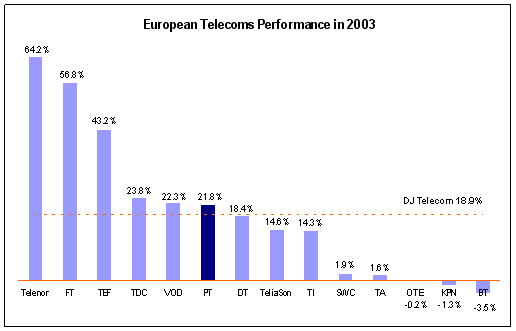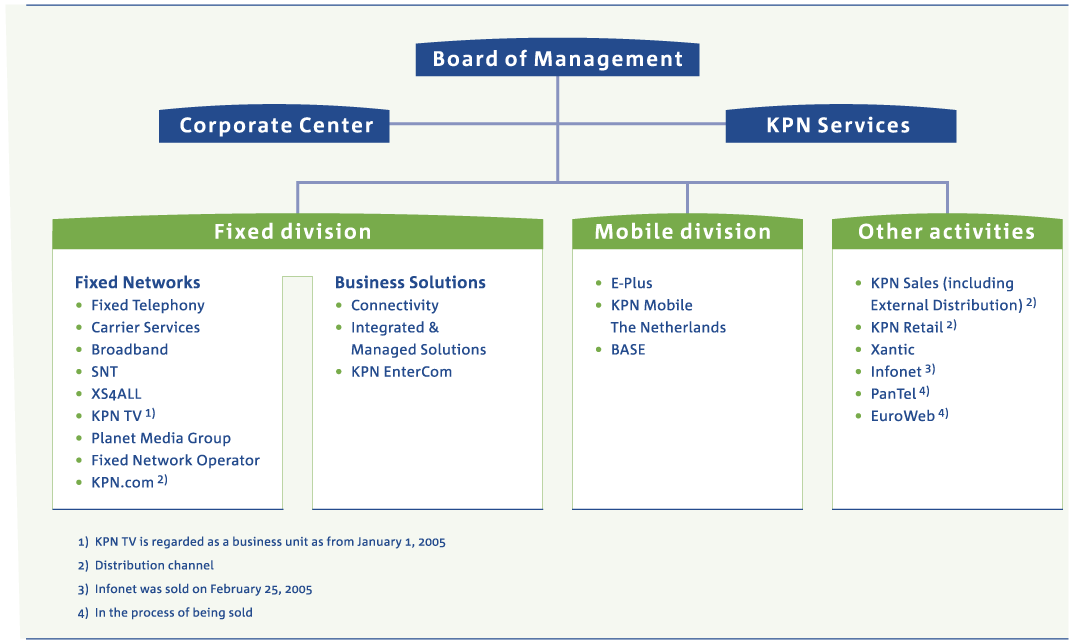KPN scheme lowers fixed income risk profile
Post on: 21 Июнь, 2015 No Comment

Pension funds for telecoms giant KPN to merge
NETHERLANDS — The pension fund of telecoms firm KPN reduced its exposure to government bonds of eurozone and emerging economies last year in a bid to reduce its risk profile.
The 4.1bn pension fund reallocated the capital to inflation-linked bonds and corporate bonds, according to its annual report.
By the start of 2010, the actively managed portion of its fixed income portfolio comprised 60% corporate bonds, 30% emerging market government bonds, 10% high yield bonds.
Due to the estimated high risks of investing in equities last year, the KPN scheme also decided to maintain an overweight position on its 44.5% fixed income allocation by 4.5 percentage points relative to its strategic target.
The pension fund temporarily raised its allocation to corporate bonds at the expense of equities, and kept additional liquidity as a tactical decision, officials revealed.
The KPN scheme also said it would not change its strategic investment policy in 2010, following a recent asset-liability management study, which aims for 41% equities, 5% commodities and 1% hedge funds.
Its current real estate allocation of 10.4% is 2.6 percentage points short of its strategic allocation.
The Stichting Pensioenfonds KPN reported returns of 14.8% in total and a cover ratio of 106.5% at year-end, including 4.3 percentage points for increased longevity.

However, its board said it was still aiming for a cover ratio of 156% for long-term inflation-proof benefits.
With a return of 32.5%, equities was the best performing asset class, while fixed income investments yielded 12.8%.
Actively managed commodities and hedge funds generated 11.7% and 16.4%, respectively, with property posting a negative performance of -12%, predominantly driven by non-listed real estate losses, according to officials.
The pension fund has terminated its global tactical asset allocation (GTAA) mandate, due to disappointing results, difficulties in finding additional managers and the relatively high leverage in this strategy, explained Roelie van Wijk, CIO at the scheme’s asset manager, TKP Investments.
The scheme also said that, during the past years, it has significantly benefited from its strategic decisions to hedge 70% of its interest risk on its liabilities and to fully hedge its currency risk on its equity investments. However, rising interest rates caused a 0.07% loss on its interest hedge last year, it noted.














